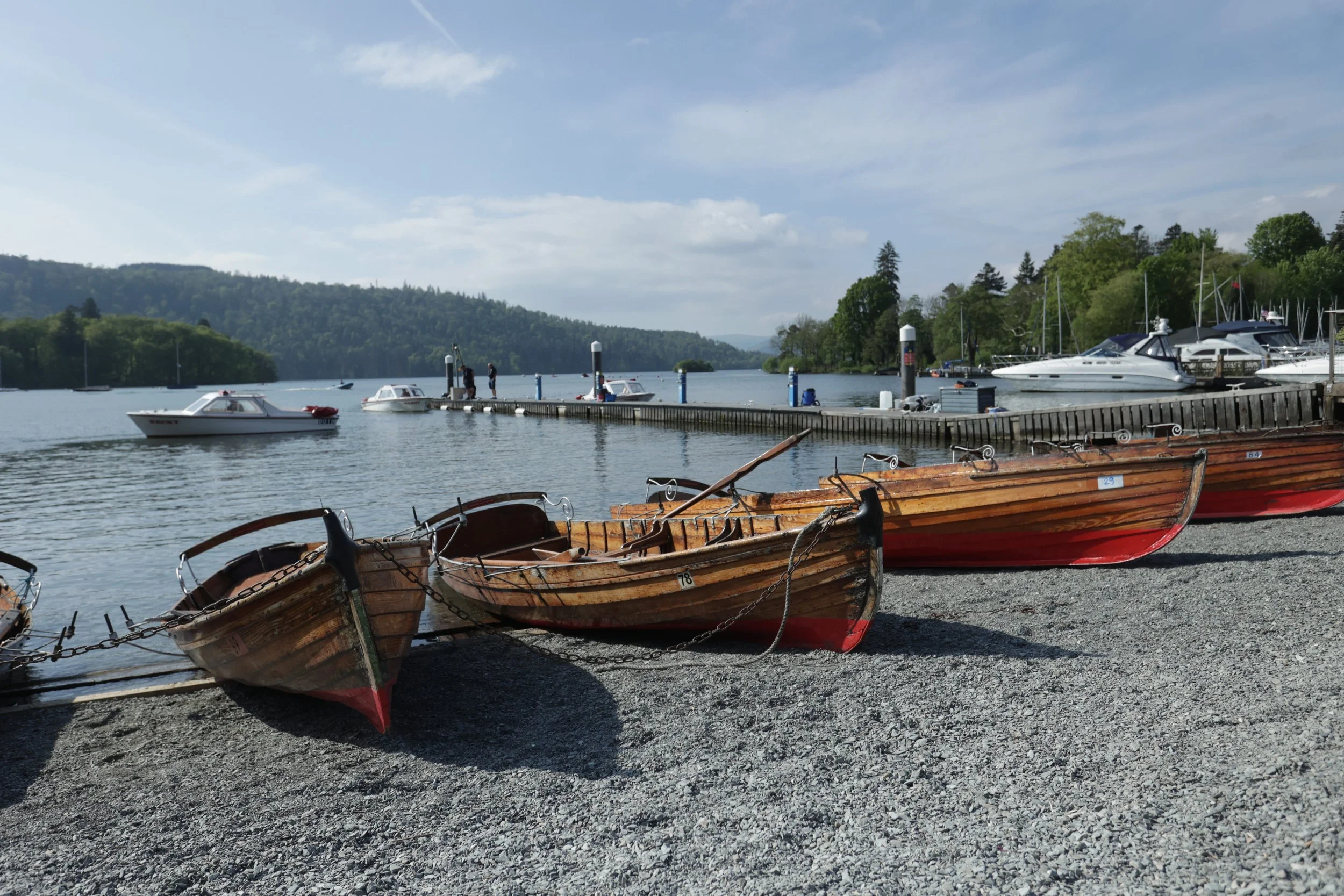As a seasoned photographer who transitioned from film to digital, I've often found myself sticking to certain habits that have served me well over the years. One such habit is setting my camera to daylight white balance. In the era of film photography, the majority of the film available was balanced for daylight, and as I moved from film SLRs to digital and mirrorless cameras, I've continued this practice. Here's why I believe daylight white balance is a reliable choice for many photographers.
Understanding White Balance
White balance is a setting on your camera that adjusts the colors to ensure they look natural under different lighting conditions. The goal is to make whites appear white and colors look as true to life as possible. Different light sources have different colour temperatures, measured in Kelvin (K). For example, daylight has a color temperature of around 5500K, whereas incandescent light is much warmer, around 2700K.
The Appeal of Daylight White Balance
1. Natural Look: Daylight white balance mimics the natural light our eyes are accustomed to. This consistency helps in creating images that look natural and familiar, which is why it has been the standard for film photography.
2. Consistency: By keeping my camera set to daylight white balance, I ensure a consistent colour tone across my photos. This is particularly useful when shooting a series of images that need to have a uniform look, such as in a project or a photo essay.
3. Easier Post-Processing: Consistent white balance makes the post-processing stage more straightforward. If all images are shot with the same white balance, it's easier to apply batch corrections and achieve a cohesive look.
Daylight White Balance in Digital Photography
Digital cameras come with multiple white balance settings, including Auto, Tungsten, Fluorescent, Shade, and of course, Daylight. While auto white balance can be convenient, it often adjusts based on the scene, which can lead to inconsistencies in a series of shots.
Sticking to daylight white balance gives me control and predictability. I know how my images will turn out, and this control allows me to better visualize the final outcome while shooting. It's a throwback to the days of film, where the look of the image was dictated by the type of film used.
When to Deviate from Daylight White Balance
While daylight white balance is my go-to setting, there are instances where I make exceptions, especially when working with artificial light sources such as flash. Flash typically has a color temperature close to daylight, but depending on the modifiers used and the environment, it might require some adjustment.
In studio environments or when using flash, I might set a custom white balance to ensure accurate colour rendition. This involves using a grey card or white balance tool to measure the light and set a precise white balance in-camera.
In conclusion, daylight white balance is a dependable choice for photographers who want consistent, natural-looking images. It harkens back to the days of film, providing a familiar and reliable colour profile that simplifies the shooting and editing process. While there are times when other white balance settings or custom adjustments are necessary, daylight white balance remains a solid foundation for most of my photography work.
As you continue your journey in photography, don't be afraid to experiment with different settings to find what works best for you. But if you're looking for consistency and a natural look, daylight white balance is a great place to start.
Ray

